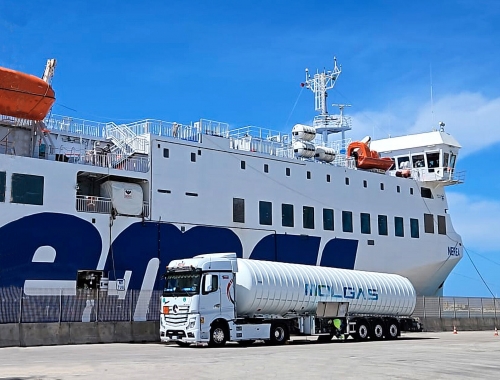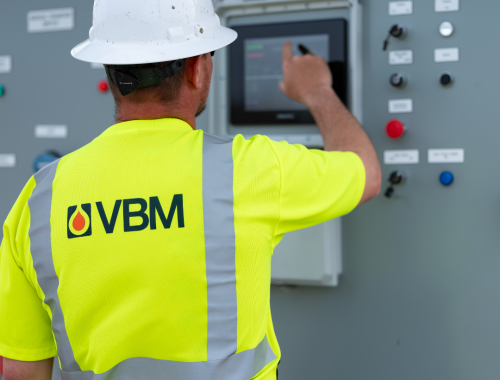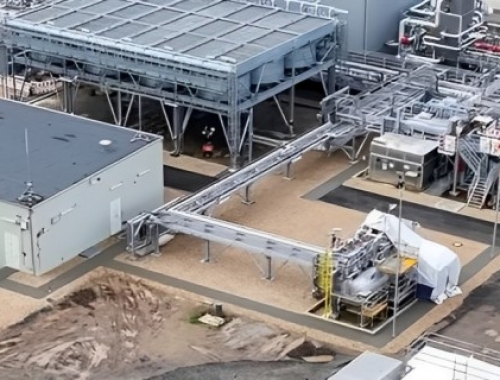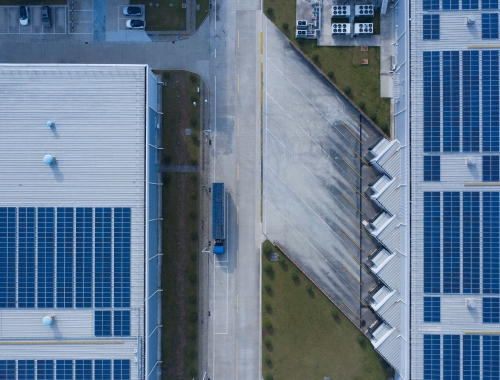Vestas launches hydrogen-powered offshore service vessel
SUMMARY
At present, the vessel is projected to be powered mostly by grey hydrogen due to a lack of available green hydrogen in the amounts needed, Vestas said.
By Shardul SharmaPOSTED IN:
Denmark-based Vestas has launched a pilot project to explore how hydrogen-powered crew transfer vessel (CTV) can help reduce carbon emissions from its offshore service operations, it said on July 4. The company has collaborated with Windcat Workboats for the project.
The CTV is powered by a dual-fuel solution, capable of being powered by hydrogen in a combination with marine gas oil. The solution will be tested as part of a pilot programme at the Norther Wind Farm, and is planned to launch on July 15.
Running until the end of 2022, the programme will offer the chance for Vestas to explore the most scalable approaches to incorporate hydrogen into its operational setup. The goal of the trial will be to collect insights into the opportunities and limitations of hydrogen-powered vessels in daily operations, it said.
“Hard to abate sectors, such as shipping, will be the final frontier in our global journey towards decarbonisation,” said Christian Venderby, executive vice president, service, Vestas. “Hydrogen is a crucial technology to advance this journey, which is why Vestas is eager to test its potential to reduce emissions from our service operations.”
Carbon emissions associated with offshore operations currently account for one third of Vestas’ scope 1 and 2 emissions, therefore deploying hydrogen fuelled vessels will be crucial for Vestas’ sustainability journey.
The new CTV holds the potential to generate a CO2 saving of 158 metric tons, an estimated saving of 37% less carbon emissions in comparison to a traditional vessel. This saving will be validated during the pilot, as well as exploring how the solution can be scaled up if it proves to make an impact to Vestas’ scope 1 and 2 emissions.
At present, the vessel is projected to be powered mostly by grey hydrogen due to a lack of available green hydrogen in the amounts needed, Vestas said. Through the pilot, Vestas aims to mature a pathway for green hydrogen in its offshore operations, that can be leveraged once green hydrogen has reached the required level of maturity.








